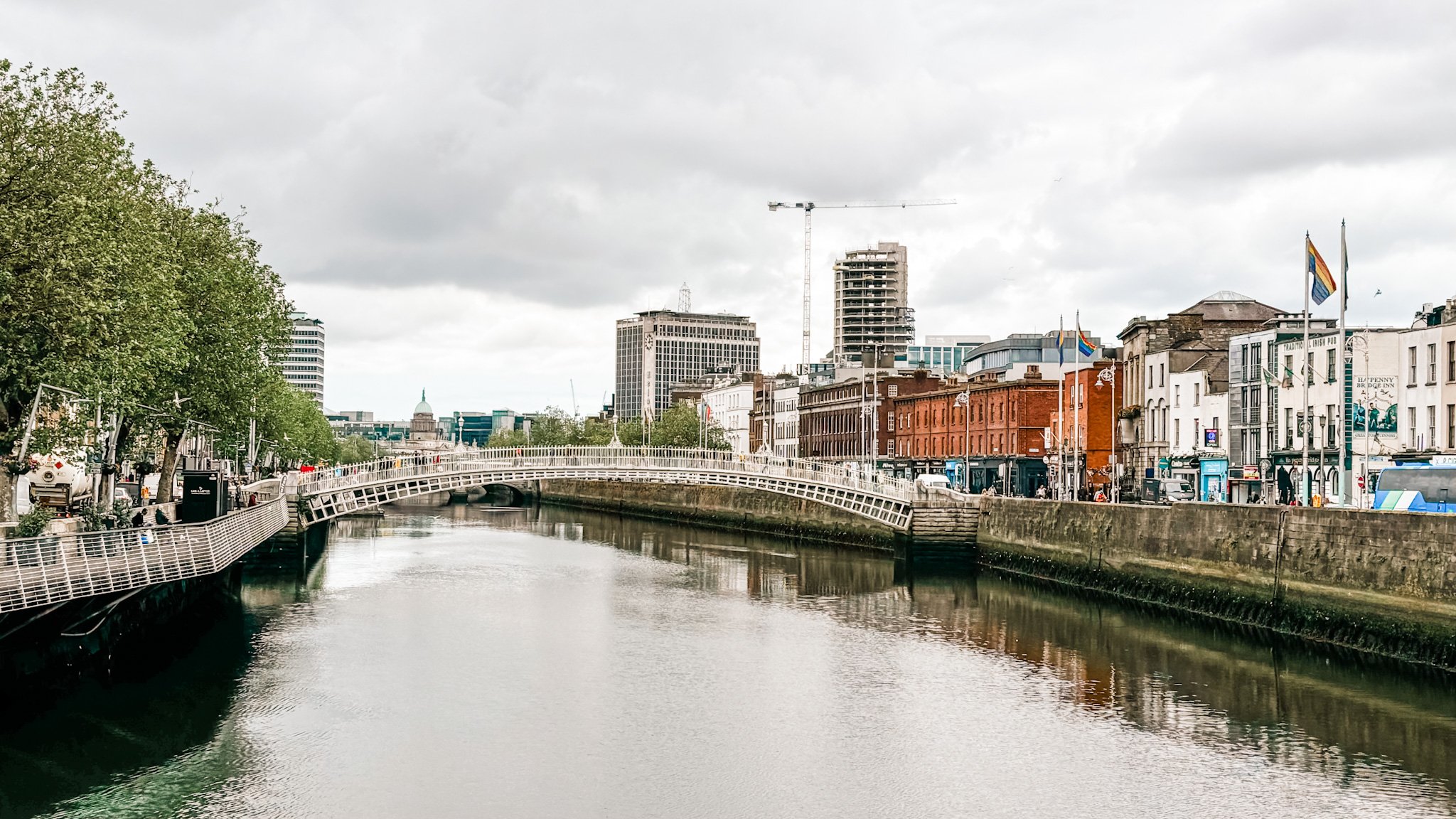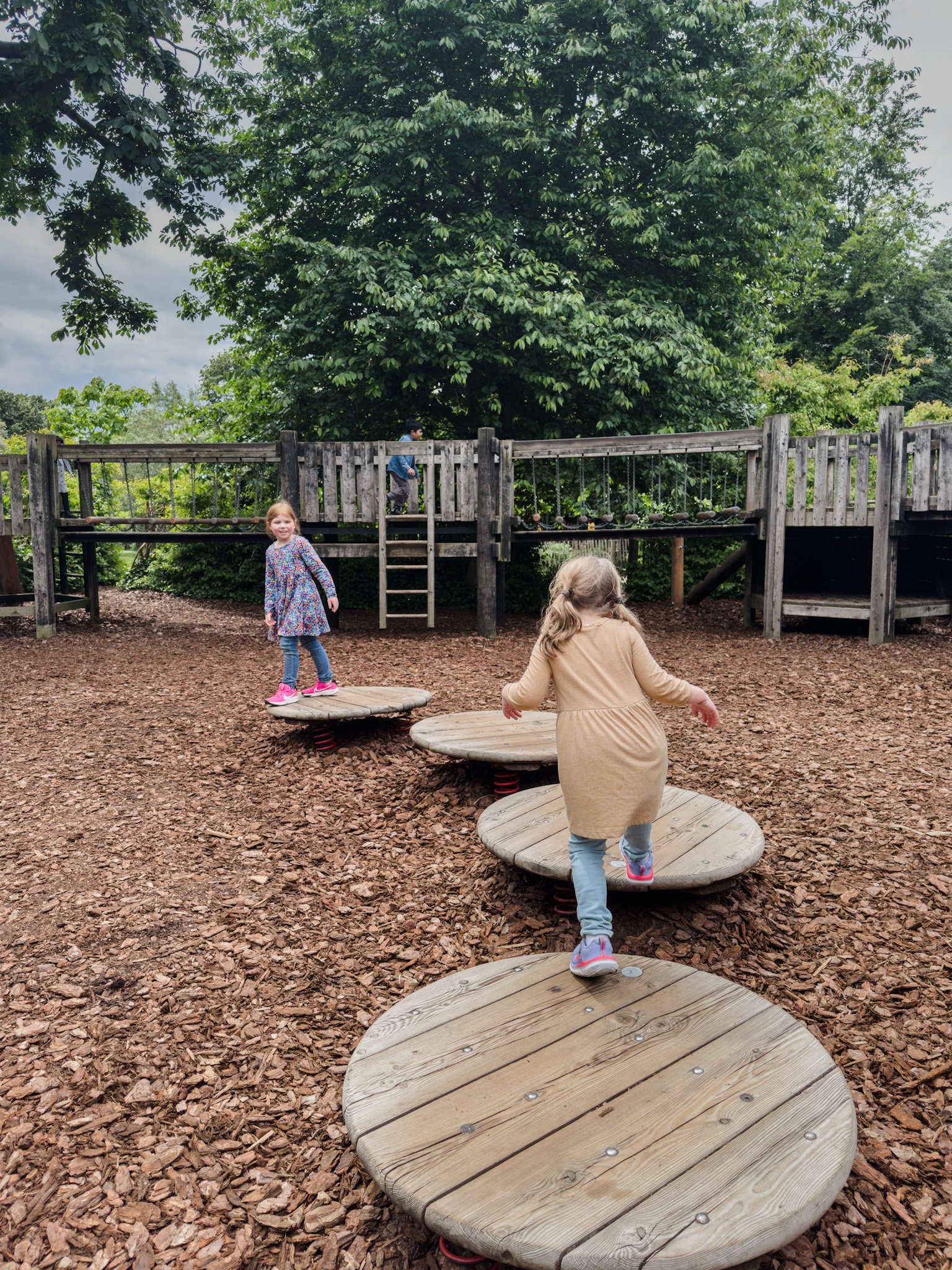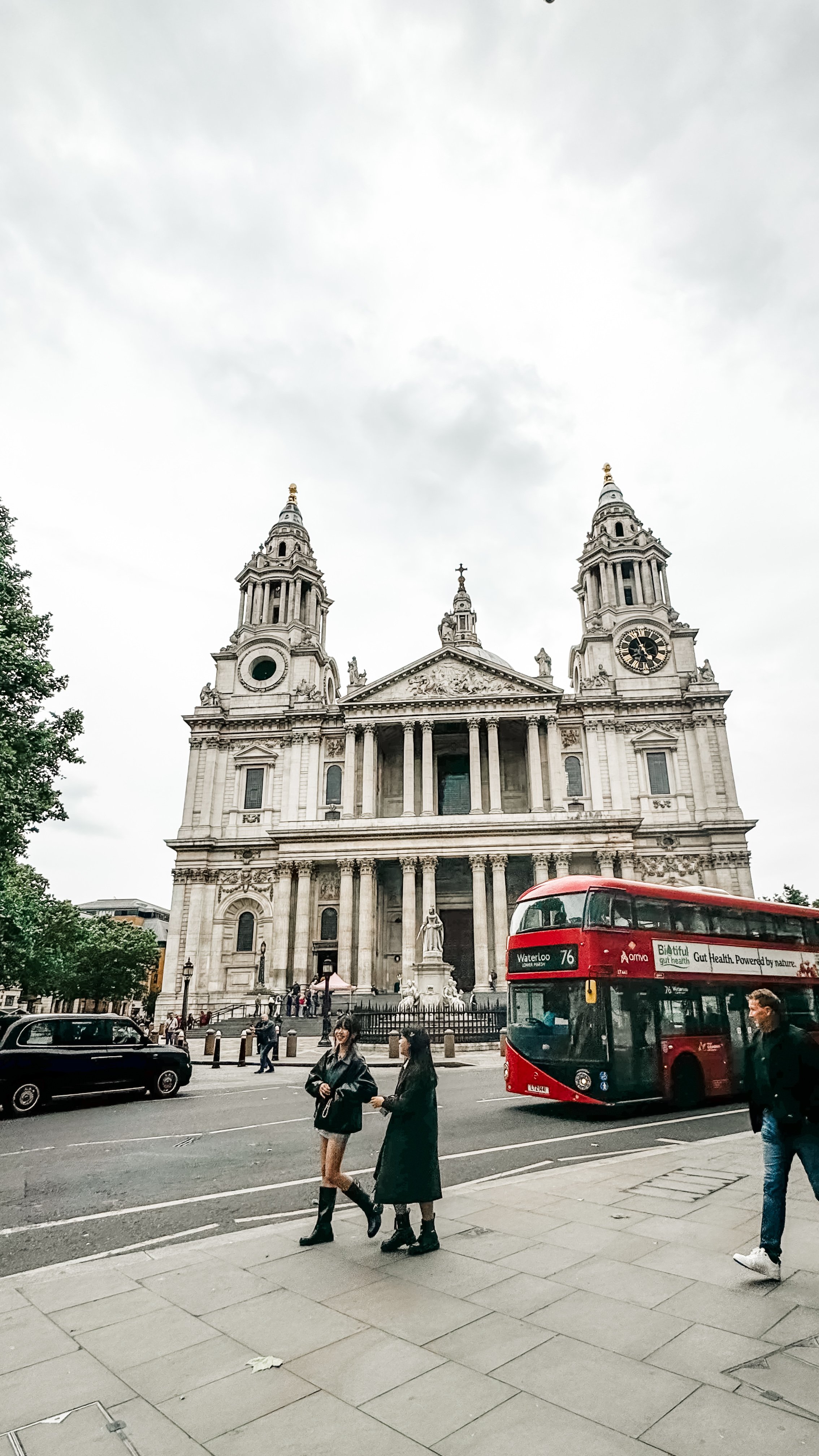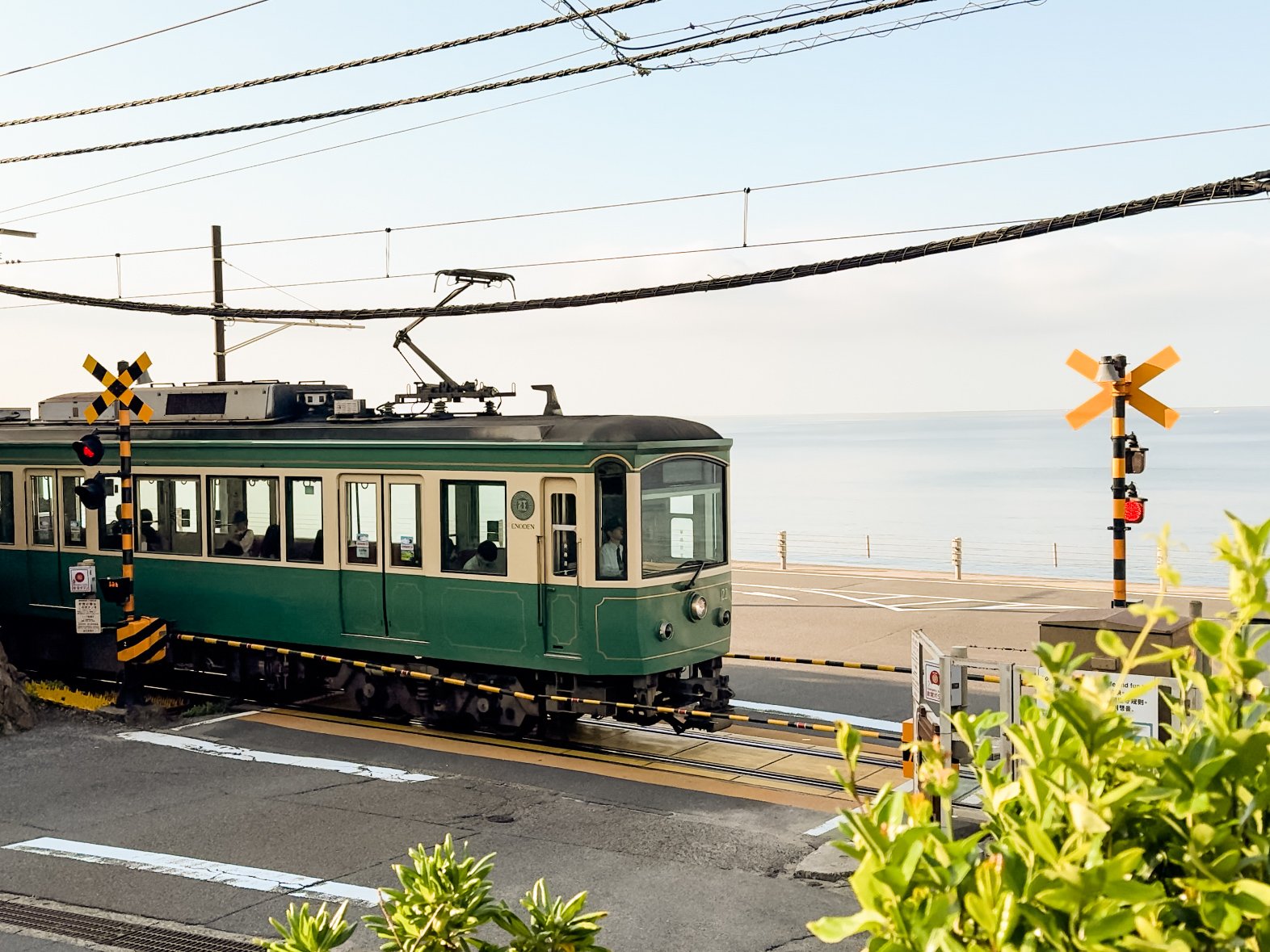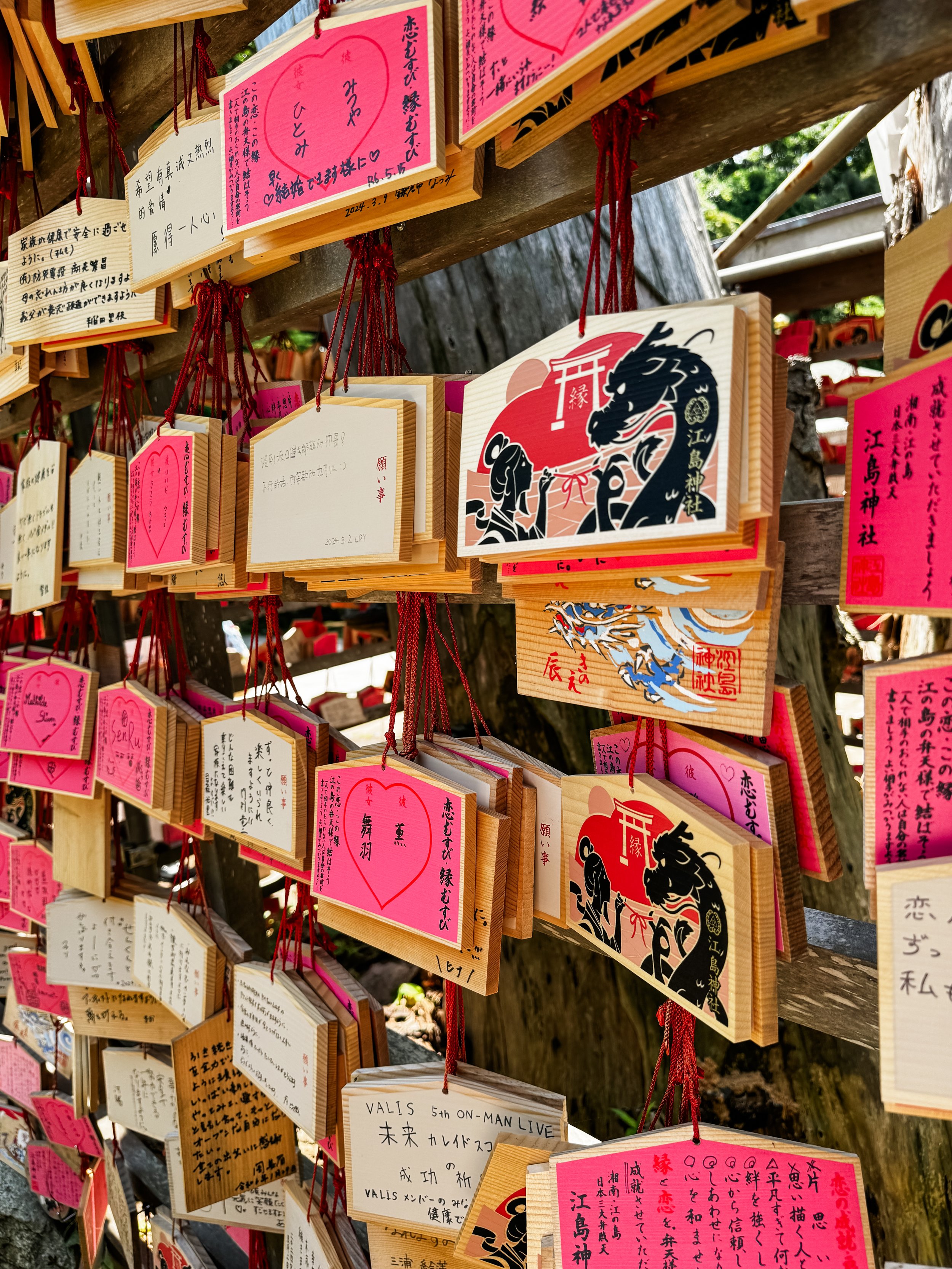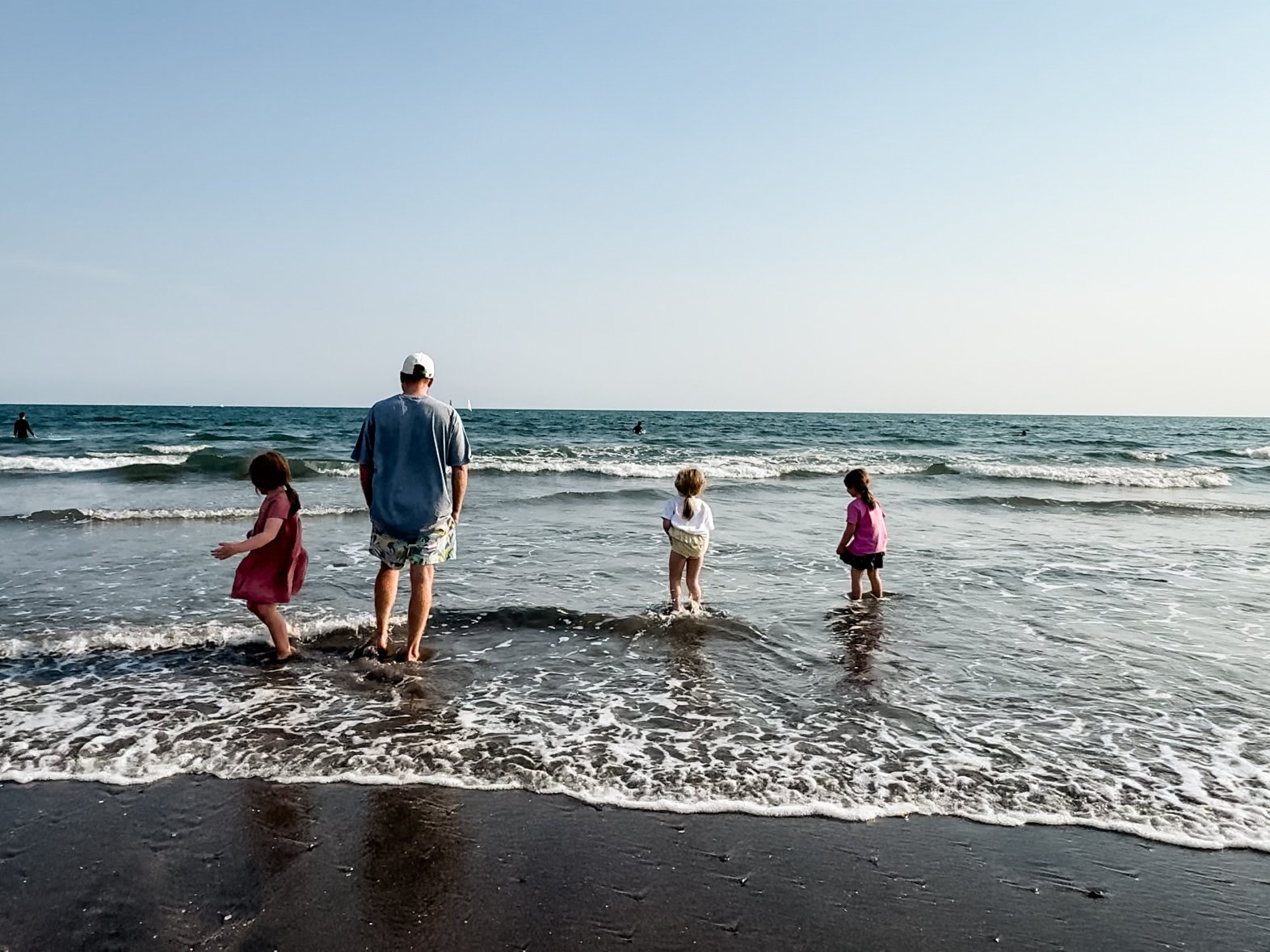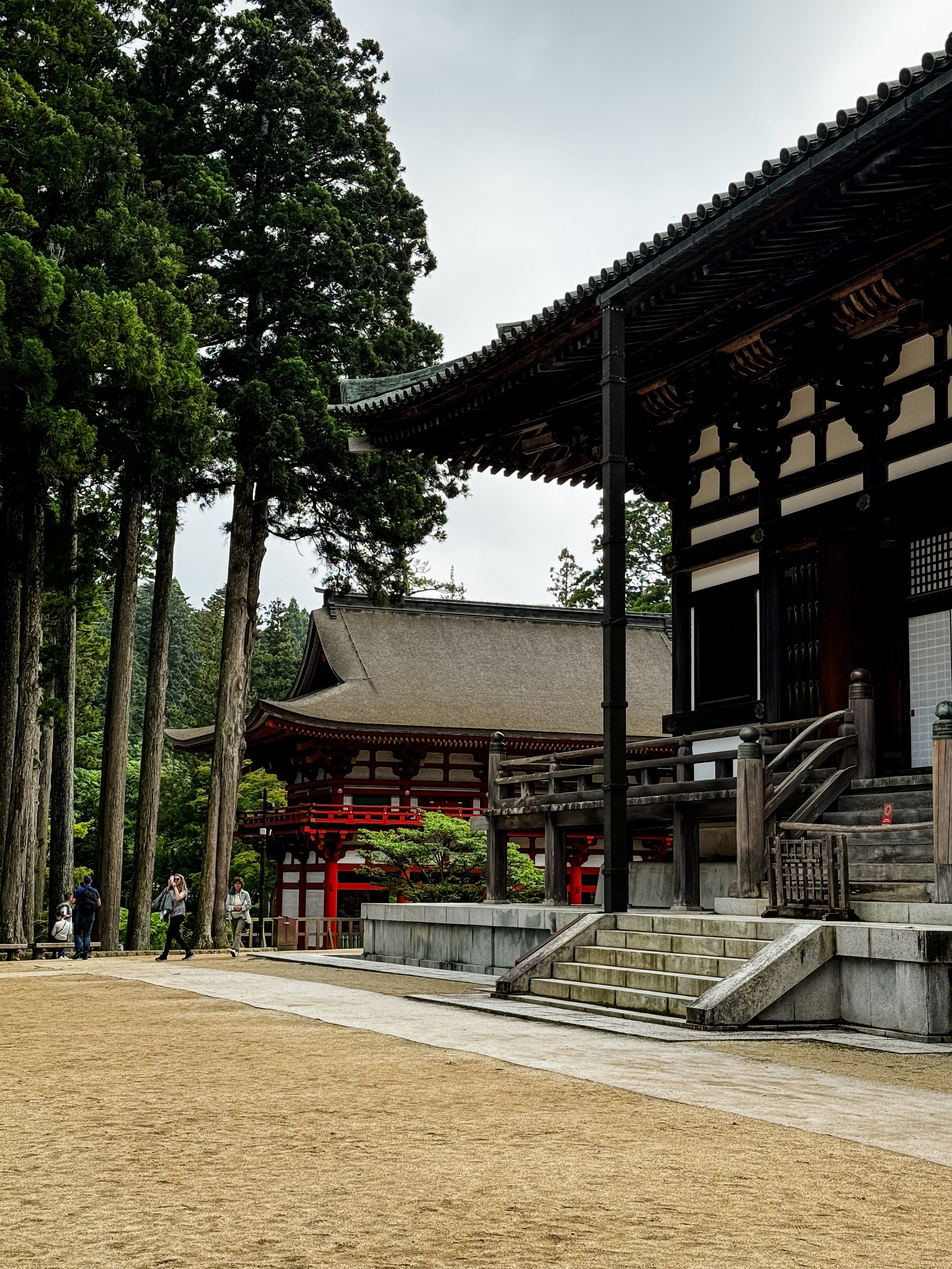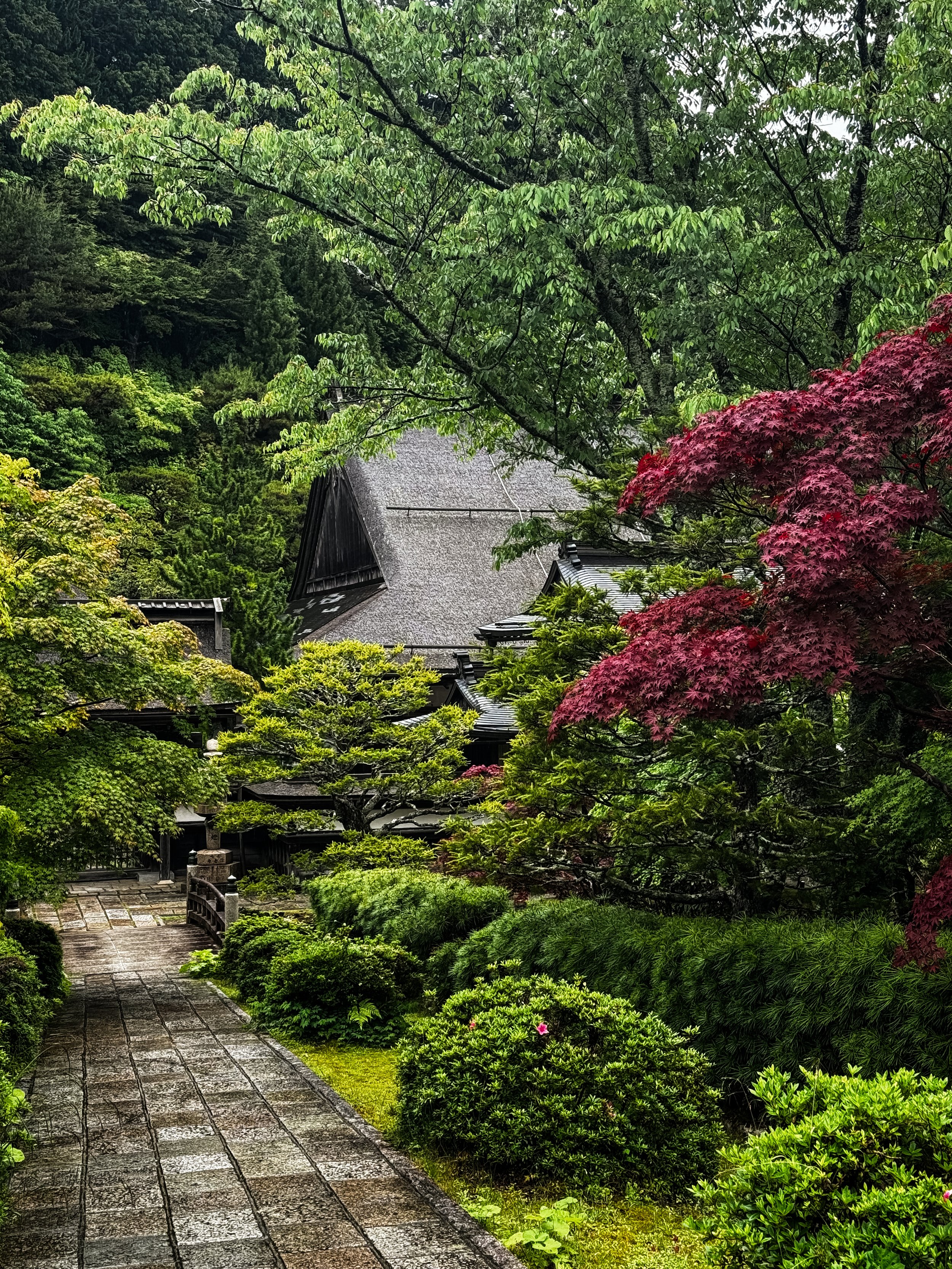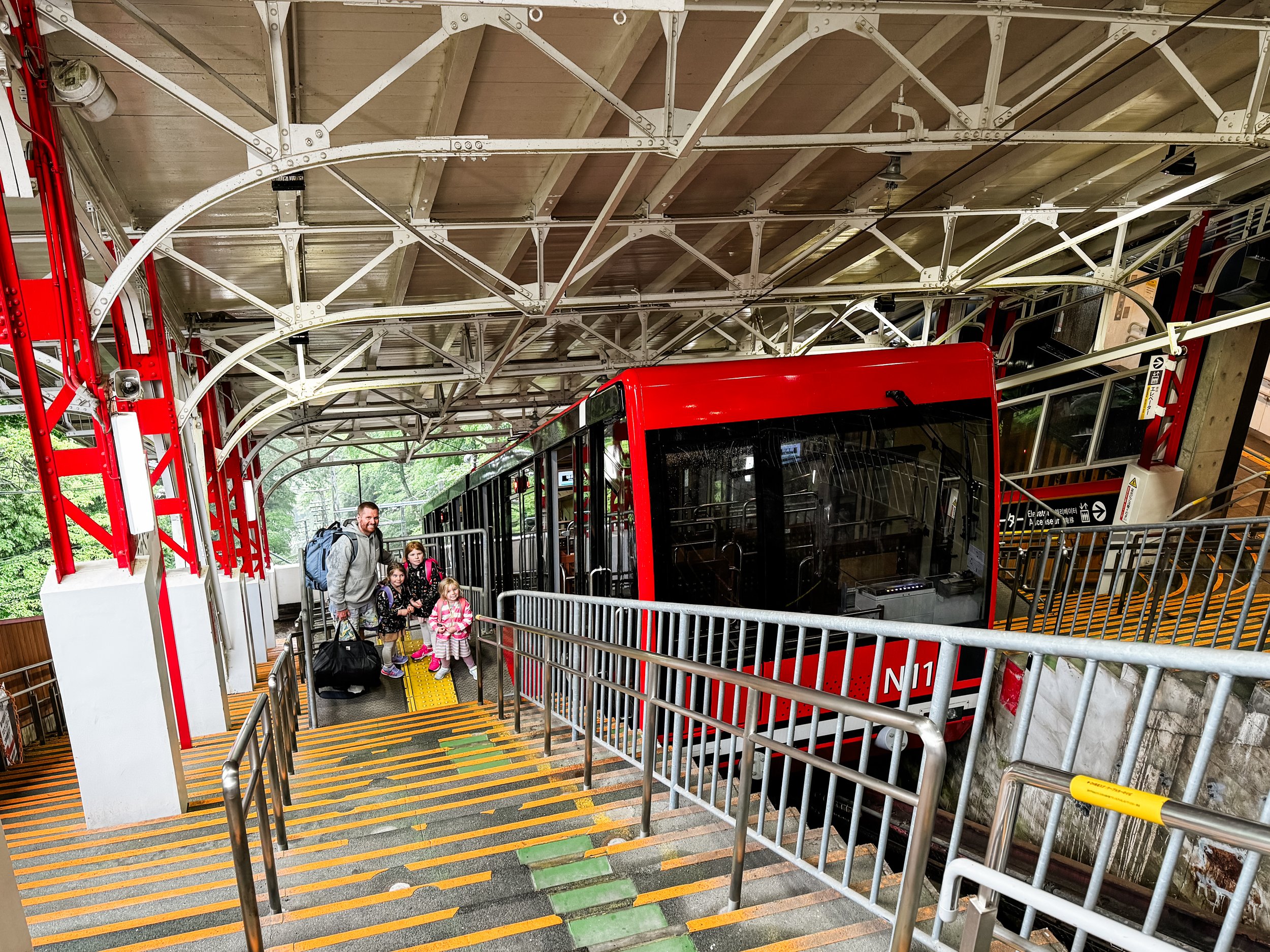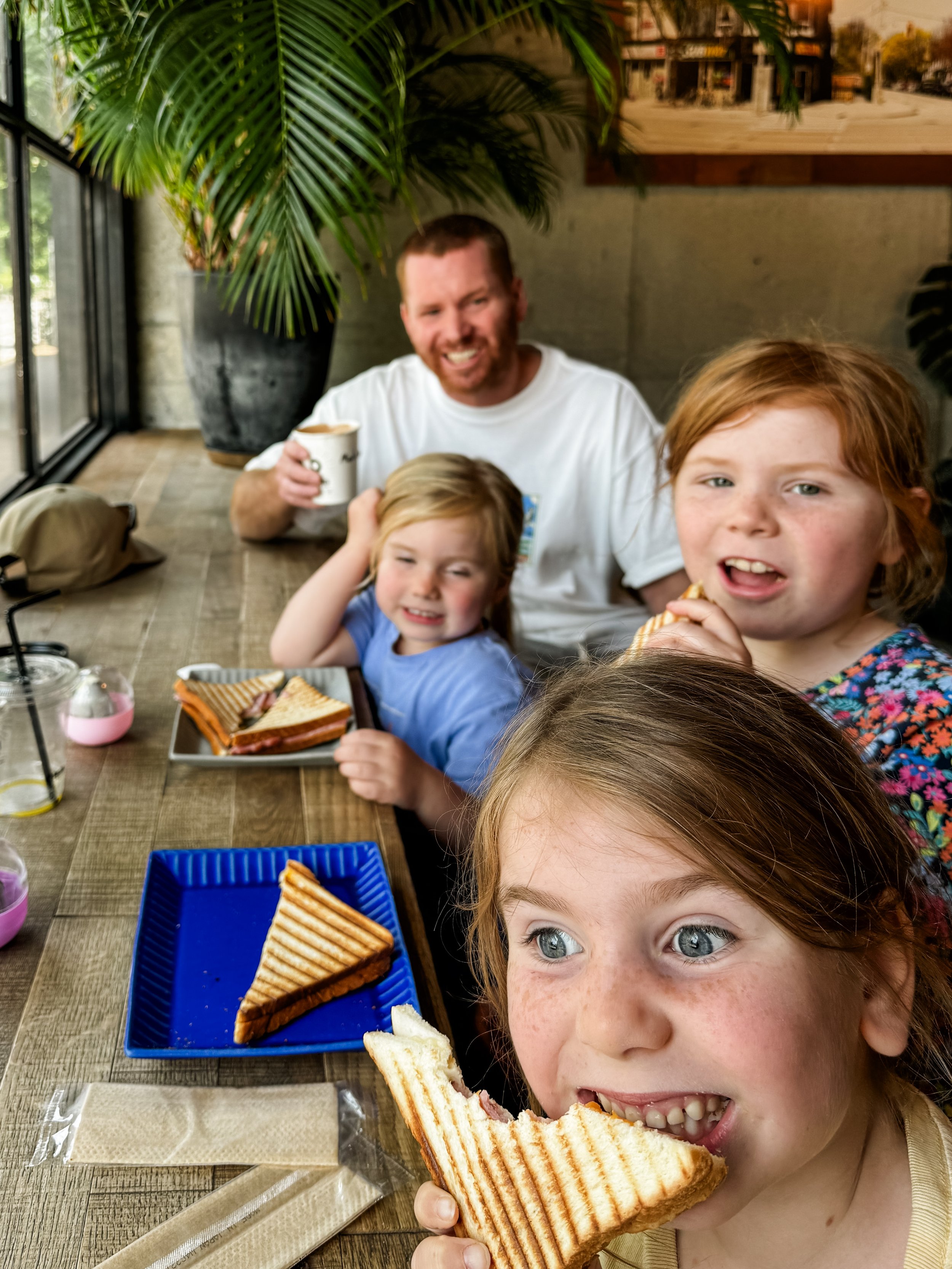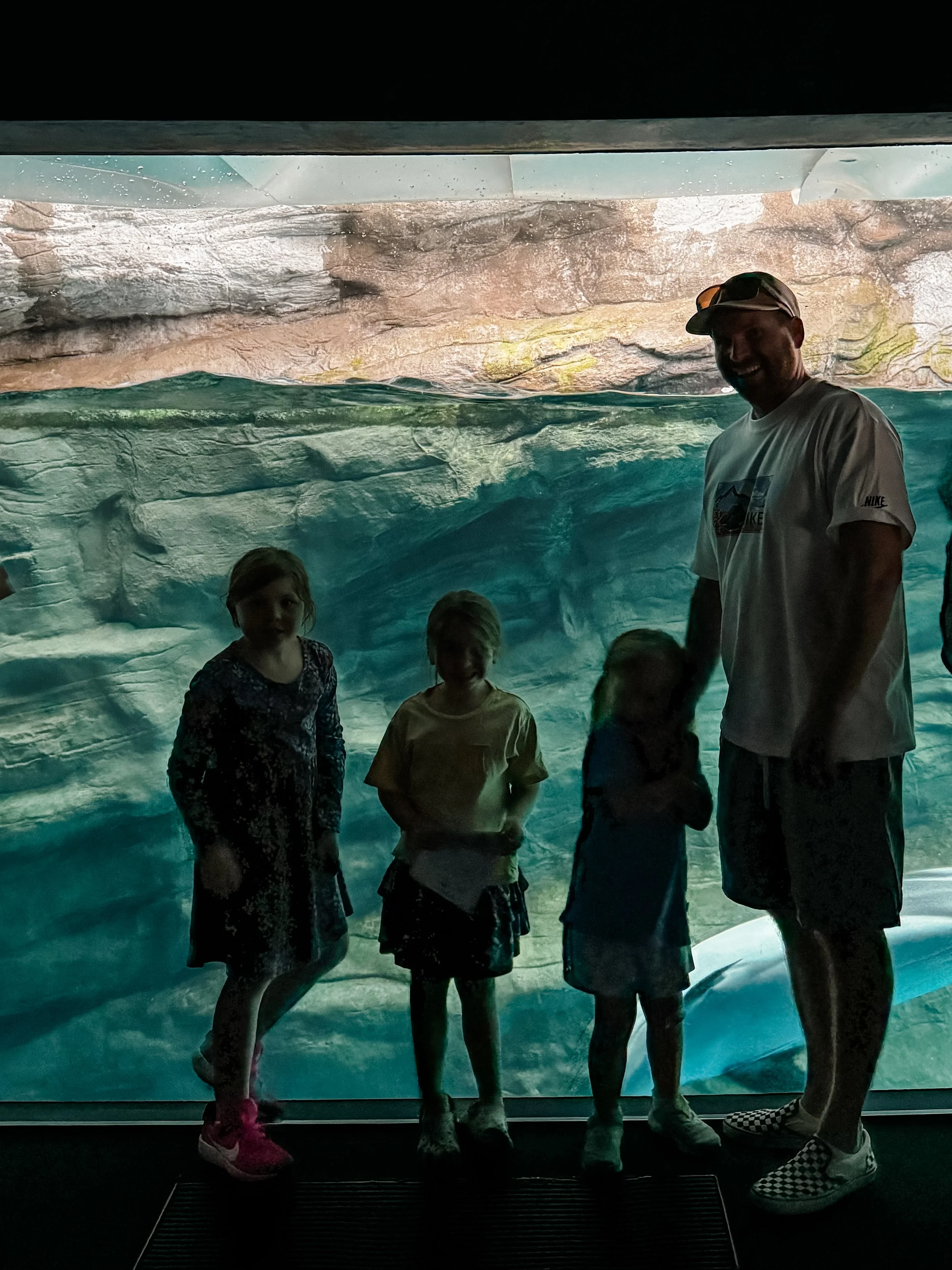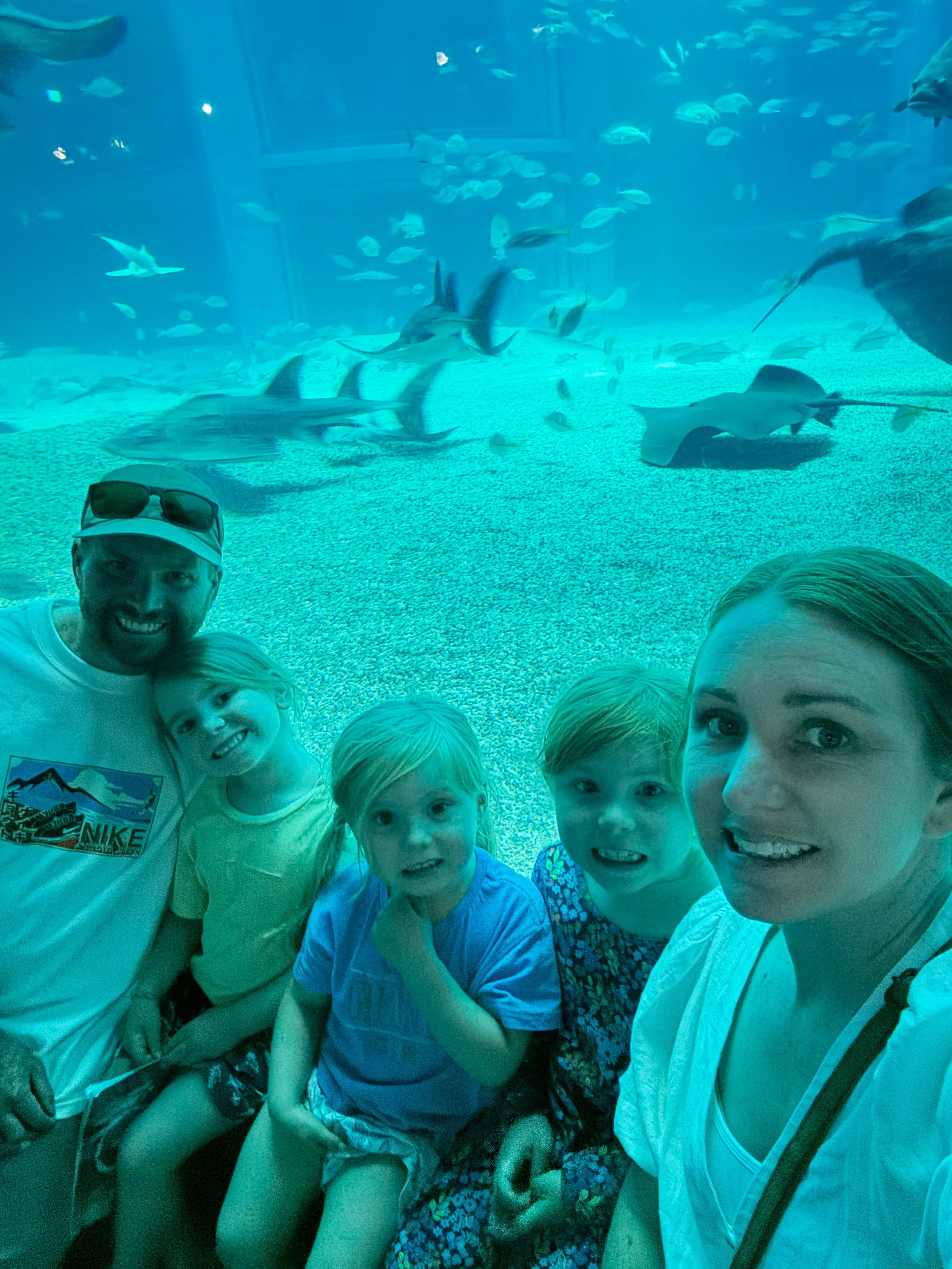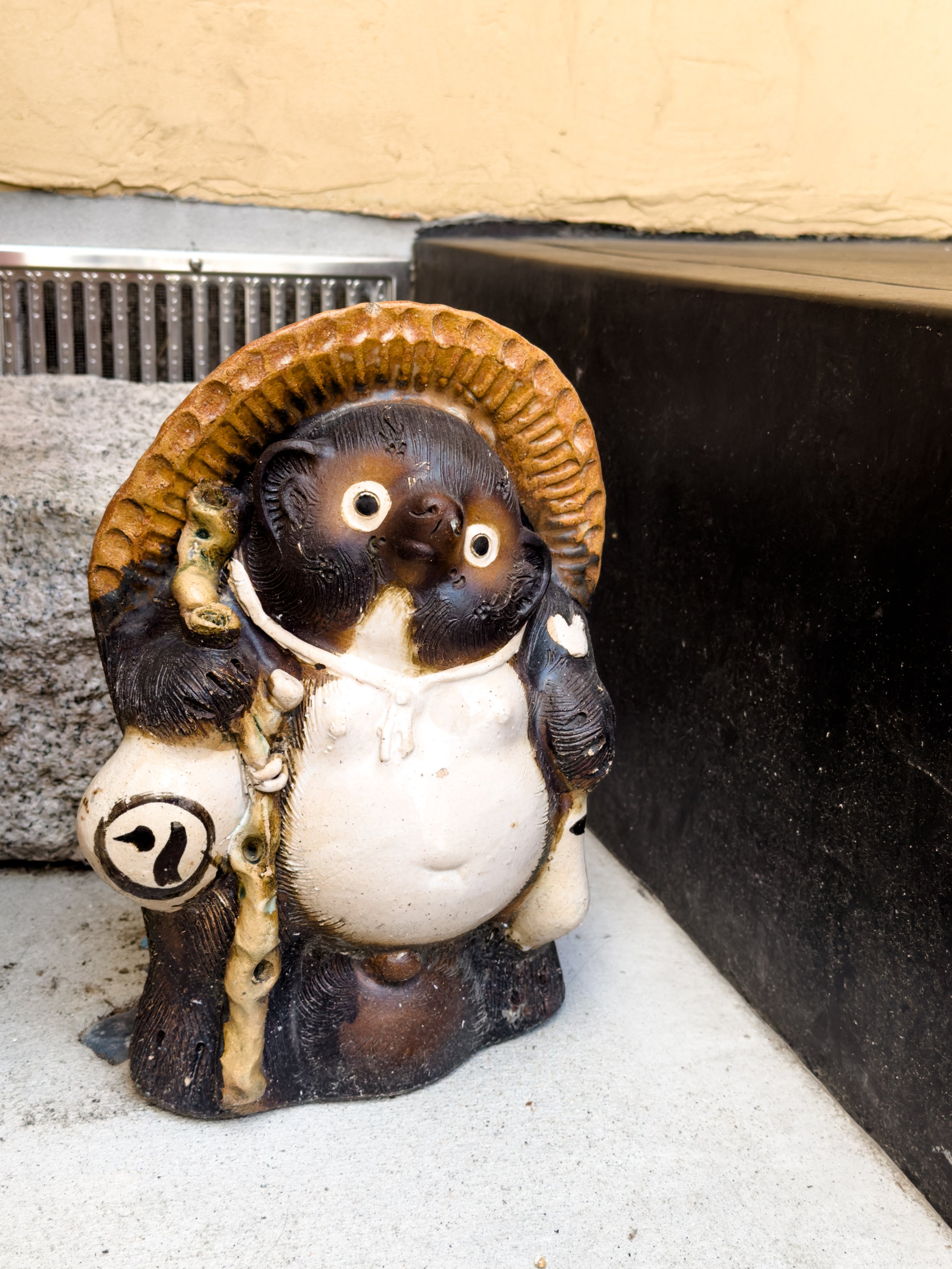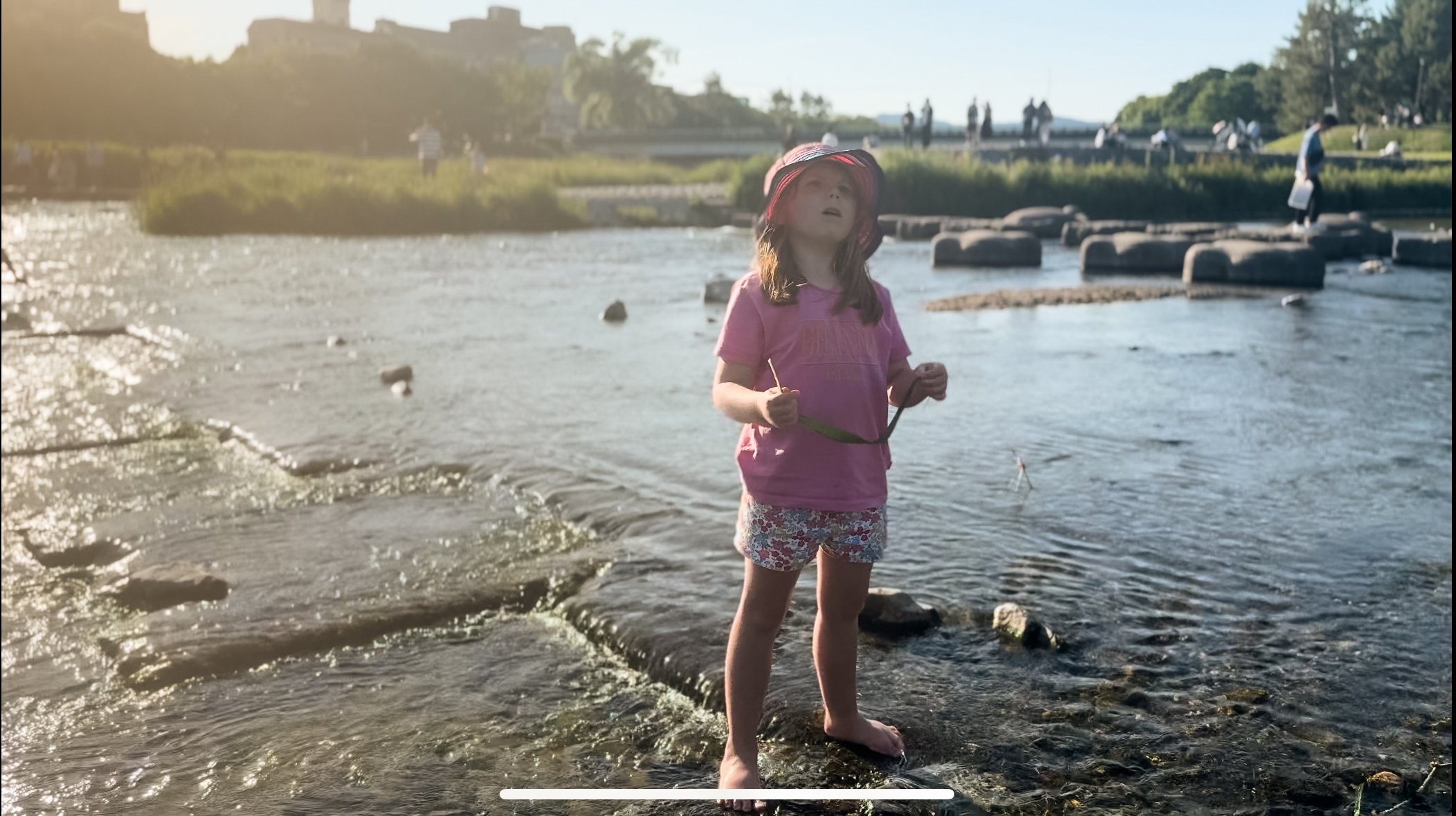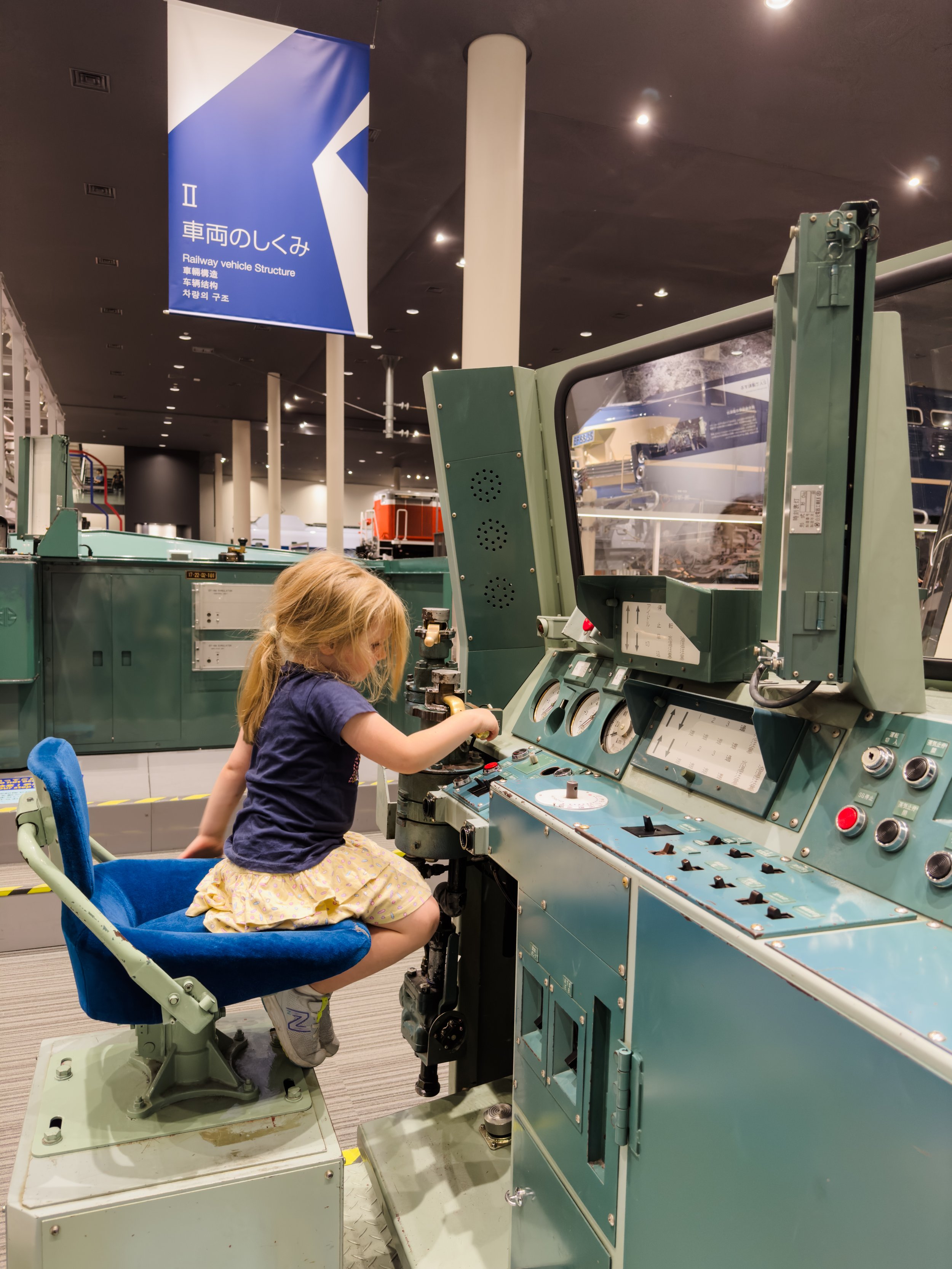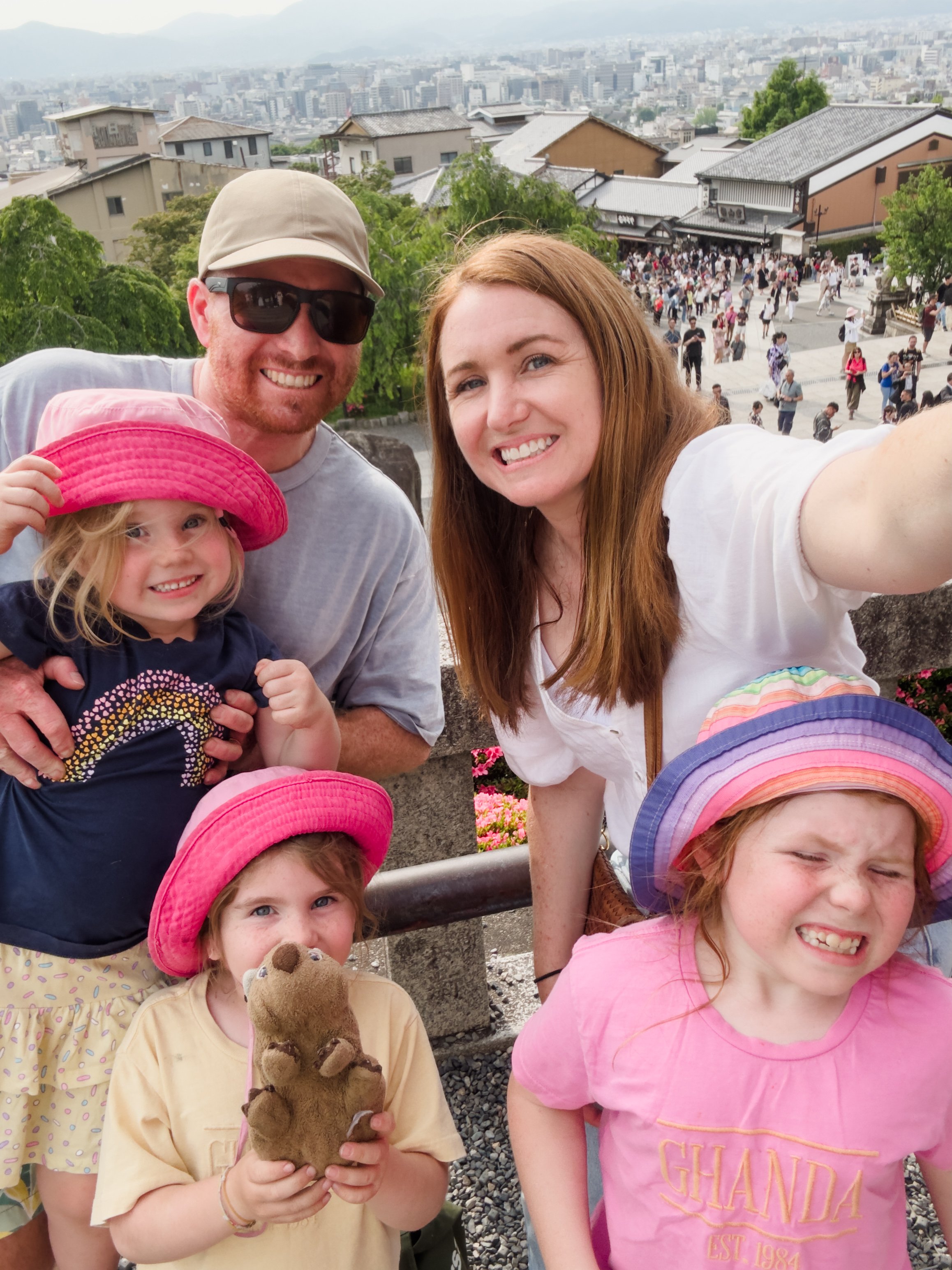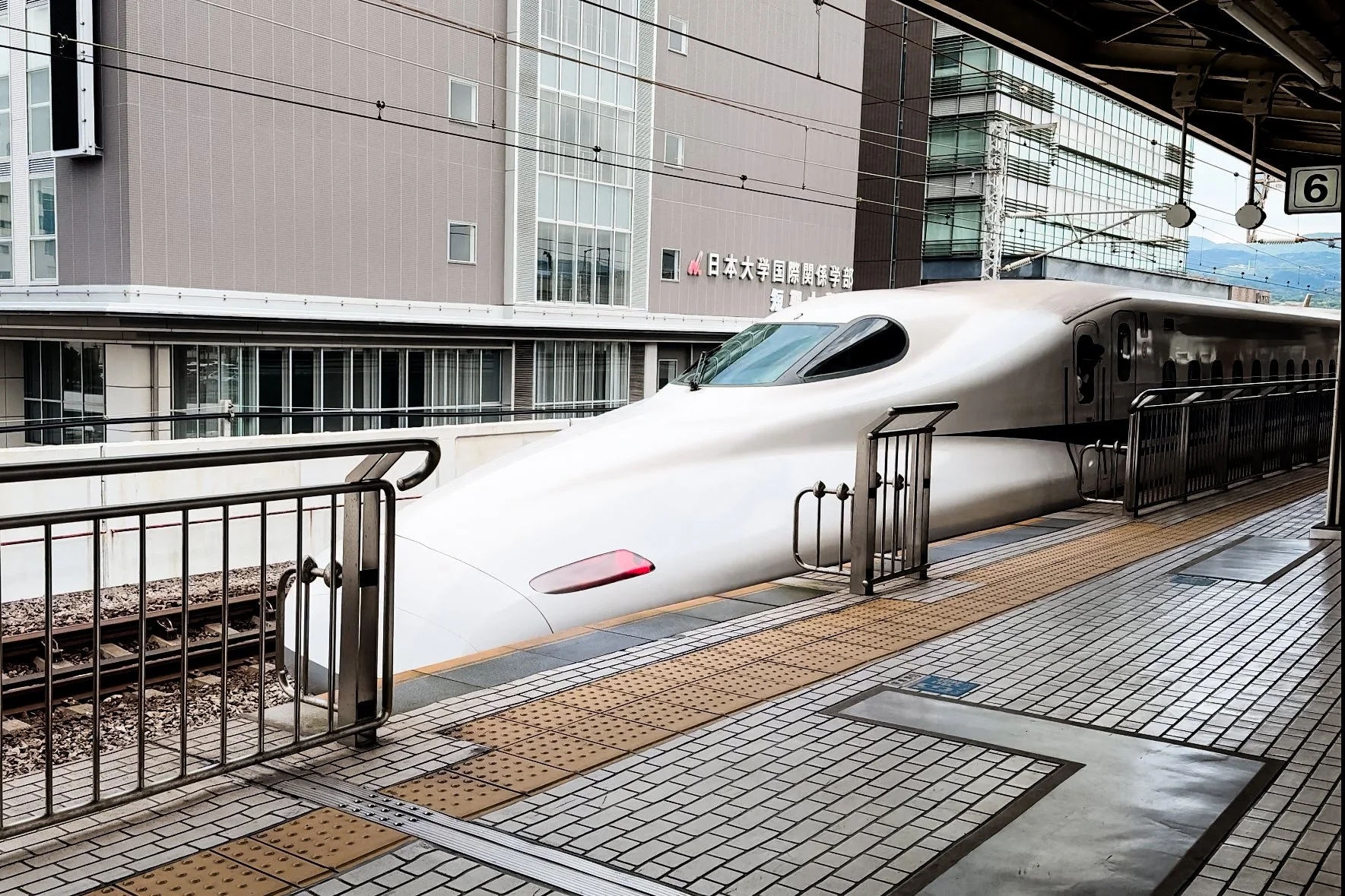Duckett’s Grove was one of the first excursions we did once we arrived in County Carlow and it’s still up there as my favourite place. I think it’s amazing that a location like this, an abandoned, crumbing ruin of a stately home, had been preserved and repurposed into something the whole community can enjoy. We had a fabulous day there, it’s surprising very family friendly.
Duckett’s Grove was built around 1745 by the wealthy Duckett family who originated from England. The estate was originally over 20,000 acres of land. The most notable member of the family, William Duckett, was a landlord and a significant figure in the local community. The Ducketts were known for their contributions to agricultural development and the improvement of local infrastructure. They were also involved in local politics and social affairs, often hosting grand events at Duckett's Grove. The building started as a standard two storey Georgian county home but in the mid 1820’s, John Dawson Duckett employed English architect Thomas Cobden to resigned it into the gothic revival style ‘castle’ that stands in ruins today.
However, like many Anglo-Irish families, the Ducketts' fortunes declined in the early 20th century, exacerbated by changing political and social conditions in Ireland, leading to their eventual departure and the estate's decline. In the early 1920’s Duckett’s Groves was used as a base for the IRA (Irish Republican Army) and was then damaged by a fire in 1933 and left abandoned for many decades. Around the 1970s an eccentric lady by the name of Frances Grady moved in, essentially squatting in a section of the manor. She welcomed in abandoned and neglected animals, creating an animal refuge and enlisted the help of local children who she would teach how to horse ride in exchange for doing chores and helping with the animals.
There is much more to the history of Duckett’s Grove, it’s such a fascinating place full of interesting characters and stories. We learnt so much from our guide Danny, who was absolutely fantastic when telling all the takes of Duckett’s Grove. He was so passionate and engaging. The tour was absolutely free but we did book in advance as Danny only runs the tours twice a day on Friday, Saturday & Sunday. We spoke with Danny for close to two hours, while walking around the grounds and the outskirts of the property. The girls were amazingly well behaved during the tour, which Braino and I appreciated because we were so enthralled by what Danny had to say.
Obviously, you can’t go inside the buildings of Duckett’s Grove, as most of it is a state of crumbled, overground ruins. However it is frequented by paranormal investigation groups who do actually go inside as they have specialised liability insurance. There are a number of ghost stories associated with Duckett’s Grove, including a curse, a banshee and the ghost of William Duckett himself.
In a spooky turn of events, after visiting Duckett’s Grove, I was listening to a podcast about it and found out that William Duckett, the last of the Duckett’s to live at the estate, died on the 22nd of June 1908. And guess what day we happened to visit?…. the 22nd of June. Spooky coincedence or just a random occurrence?
In 2005 the Carlow County Council acquired Duckett’s Grove and restore the two walled gardens at the rear of the property. It has been open to the public since 2011 and some of the stables in the rear courtyard have been restored and now house a tourist information booth, a small gift shop, and The Lazy River Cafe. In the surrounding wooded area, there is a lovely obstacle course style playground that the girls enjoyed playing on. As as were there on a Saturday, there was quite a lot of people enjoying the cafe and playground, even a group of girls around the age of 10 having a birthday party.
There are many old historic homes like this across Ireland in varying states of preservation and I love that a place like this has been somewhat preserved for use by the public.













